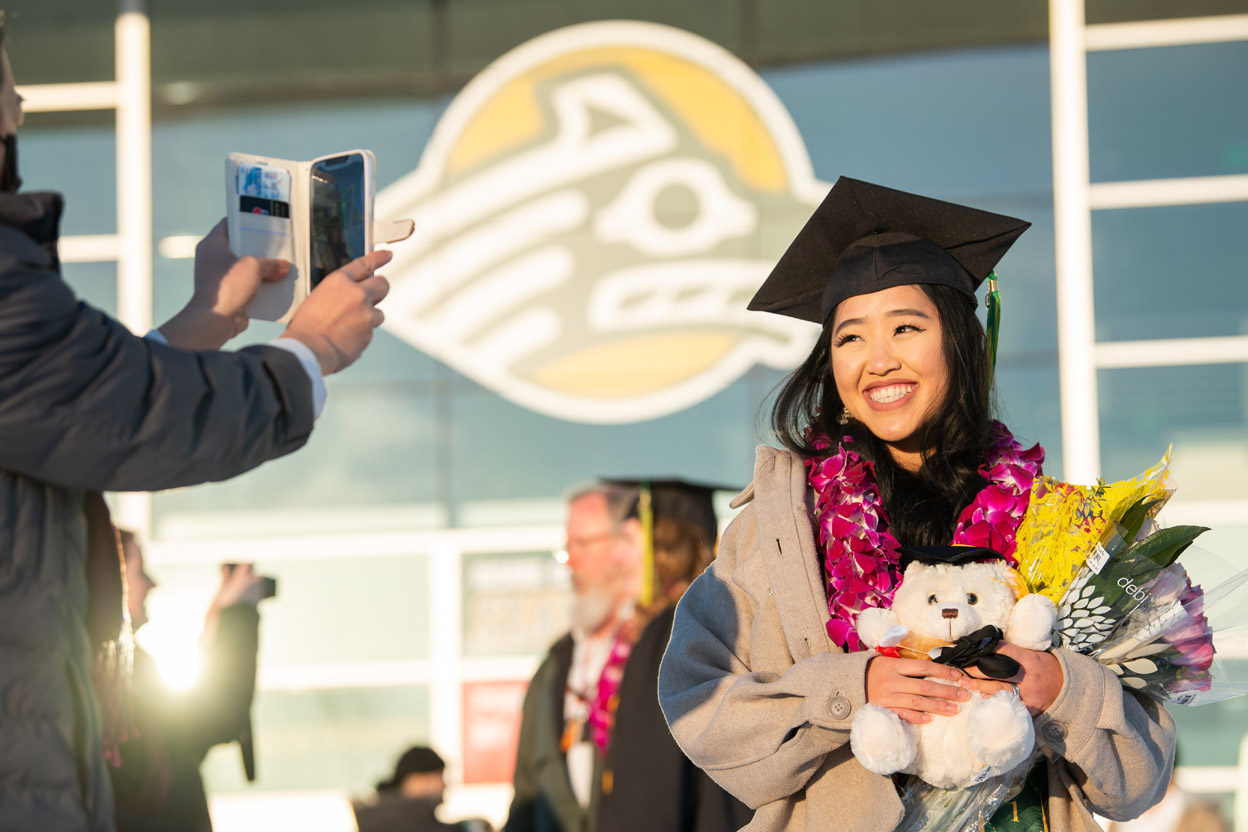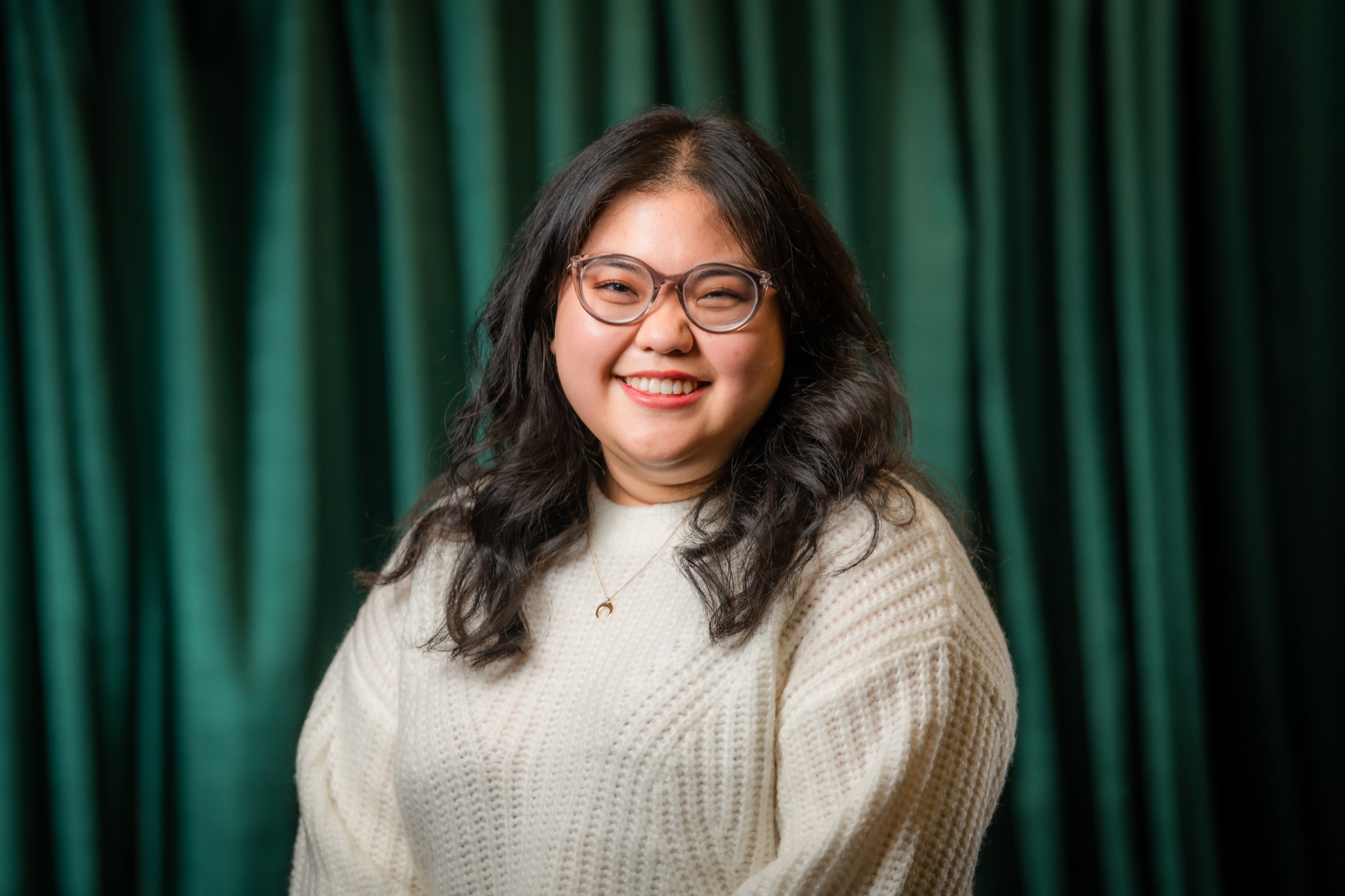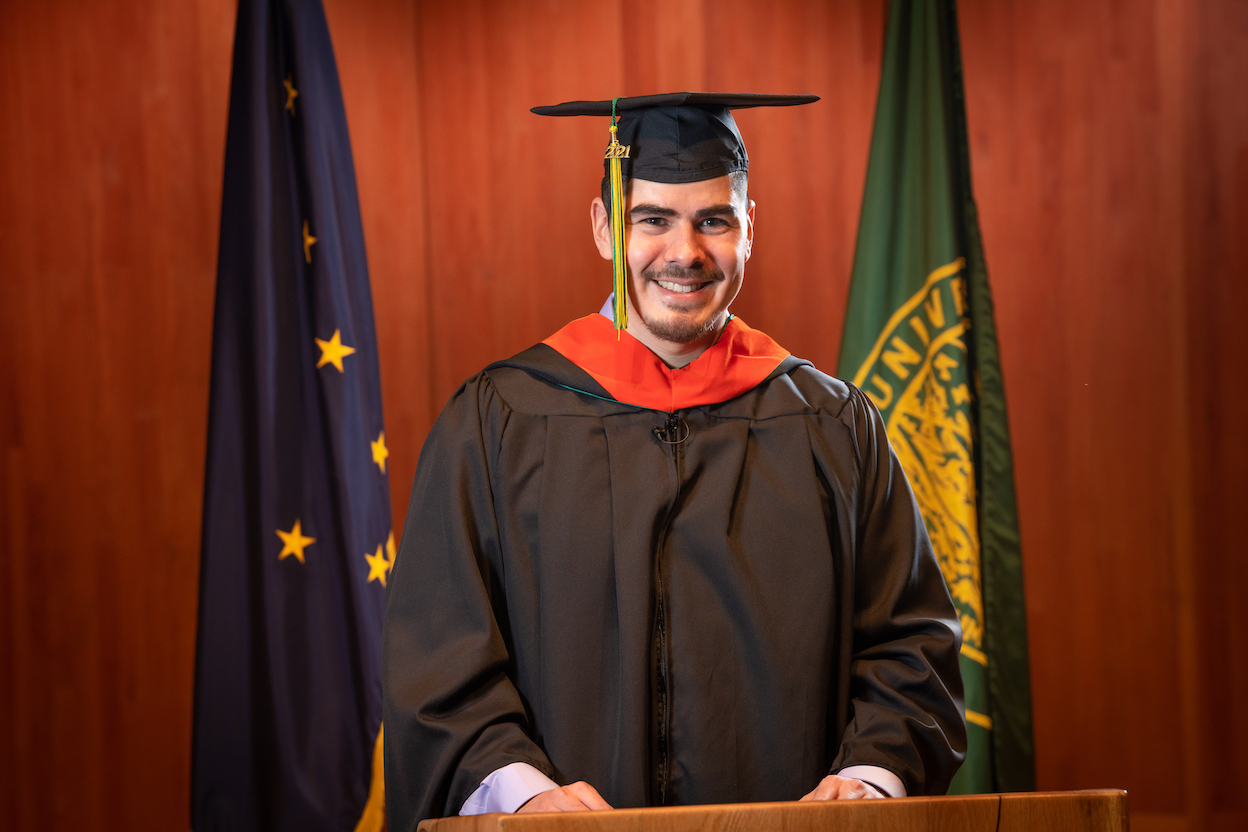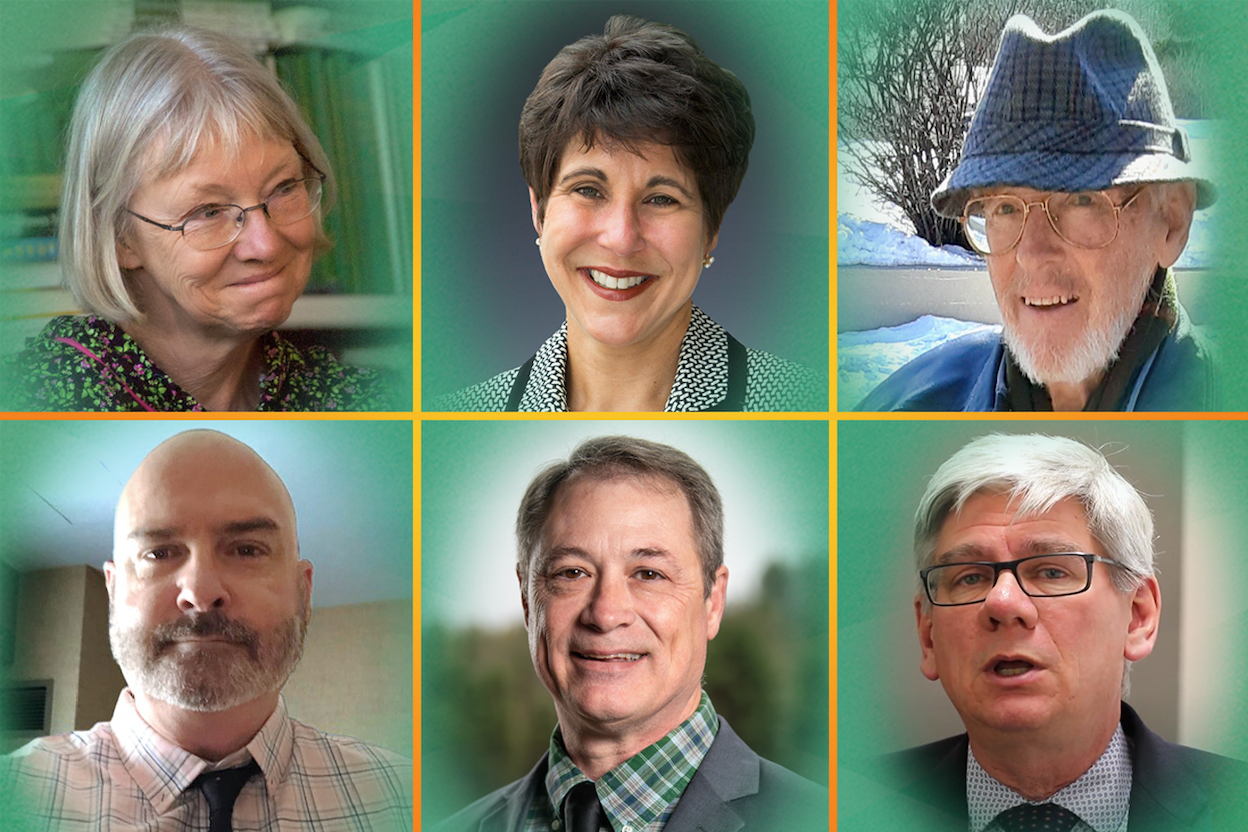UAA students and faculty collaborate to curb the spread of COVID-19 misinformation
by Matt Jardin |
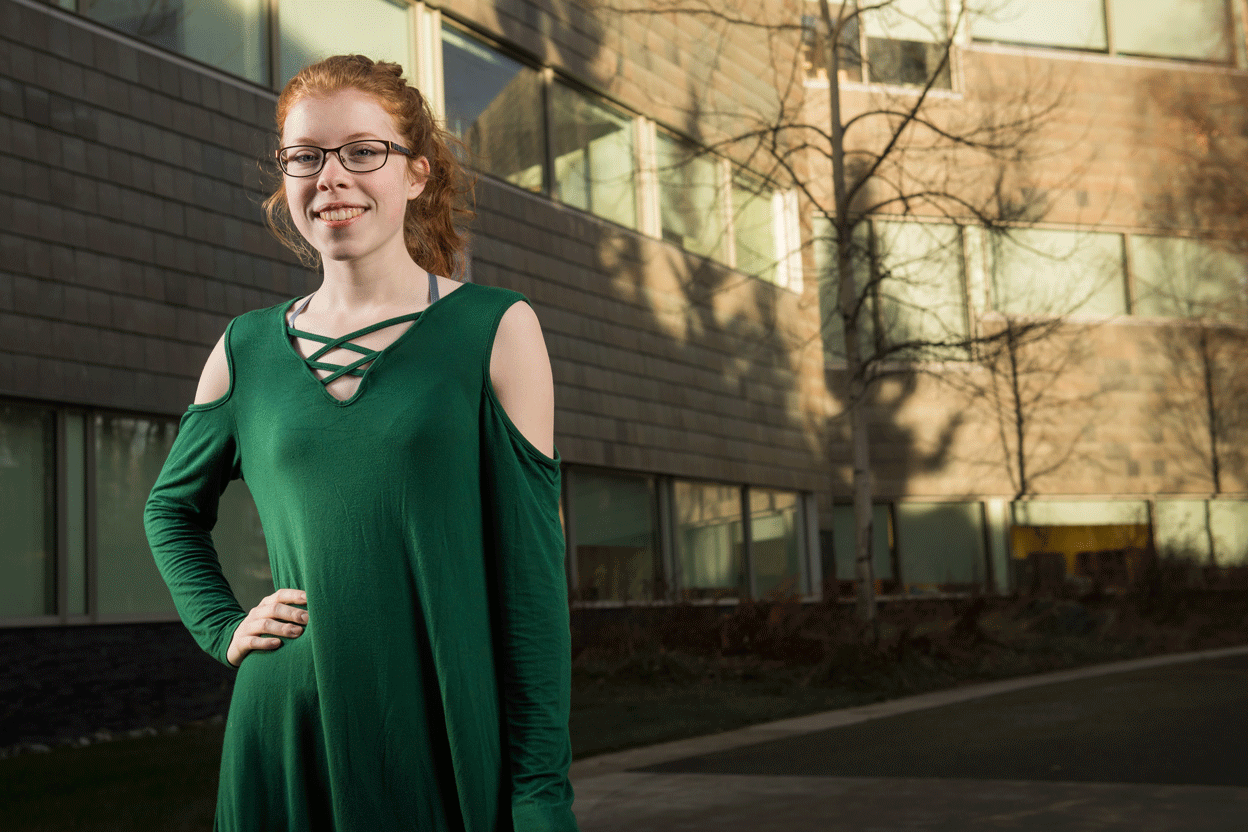
As the world continues to navigate this once-in-a-generation pandemic, new scientific breakthroughs are unearthed every day and are widely accessible online. Accompanying this free flow of information, however, is an increase of damaging misinformation, referred to by the World Health Organization as an Infodemic.
“Information people consume on social media affects their behavior and choices,” said Dr. Jennifer Meyer, assistant professor in the UAA College of Health (COH), Division of Population Health Sciences. “That little bit of doubt that can somehow park in people's minds that's going to cause them to hesitate about getting vaccinated can cause serious harm and may even cause people to die far earlier than they would have had they listened to advice from medical experts and health care providers.”

Working to curb the spread of misinformation online is the Alaska Public Health Information Response Team, led by Meyer; Dr. Joy Chavez Mapaye, professor in the UAA Department of Journalism and Public Communications; Dr. Tom Hennessy, affiliate faculty in the COH; and Dr. Tim Hinterberger, professor in the WWAMI School of Medical Education.
Consisting of around 30 volunteers, all of whom have professional backgrounds in health care and public health, the team responds to Facebook comments containing false or misleading data about the coronavirus — comments flagged for response by UAA journalism and public communications students and members of the Public Relations Student Society of America (PRSSA) chapter at UAA.
Posts from the response team are often identified by a GIF, meant to grab attention while also distinguishing their comments apart from the fear-based visuals that typically accompany conspiracies and misinformation.
“We always talk about the three Es,” said Meyer, whose frequently used GIFS feature Beyonce performances and Saturday Night Live characters. “We provide education with empathy and we try to make it engaging. So we try to use those fun images to catch your eye and potentially make it shareable.”
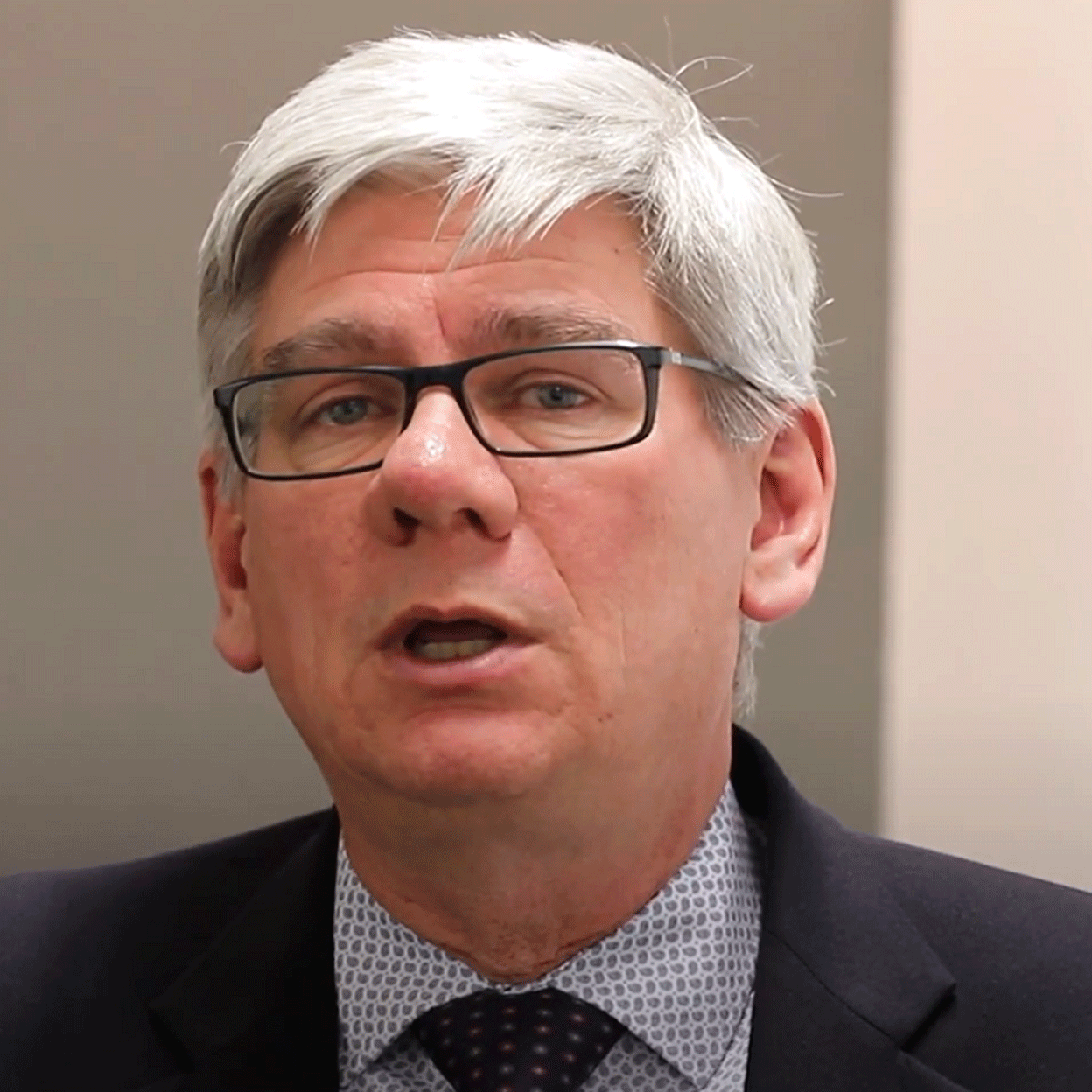
GIFs can be considered the wrapping for what the response team calls the “truth sandwich.” Taken from the Center for Climate Change Communication’s Debunking Handbook, the truth sandwich is a four-part post structure that’s proven to be effective in its brevity: identifying the misinformation, stating the truth, disproving the misinformation and providing links to credible sources.
Of course, this is the internet, where trolling and bad faith arguments are expected. Fortunately, the response team has a strategy in place to handle those as well.
“We've learned the hard way to not respond to the person, we respond to the content,” said Hennessy. “We’re there to educate and correct misinformation, not to win arguments. Really we're not speaking with the person who put the misinformation out there, we're speaking to the rest of the people observing that conversation.”
Just who are those people listening in on the online conversations? Many of them are silent allies who similarly support science, masks and vaccinations, both in Alaska and across the country.
“If you feel as though you have the minority opinion, you tend to stay silent,” said Mapaye. “We know the majority support the mitigation taking place. So what we're doing is breaking through all of the negative comments and misinformation and allowing them a platform to be able to speak their mind freely.”
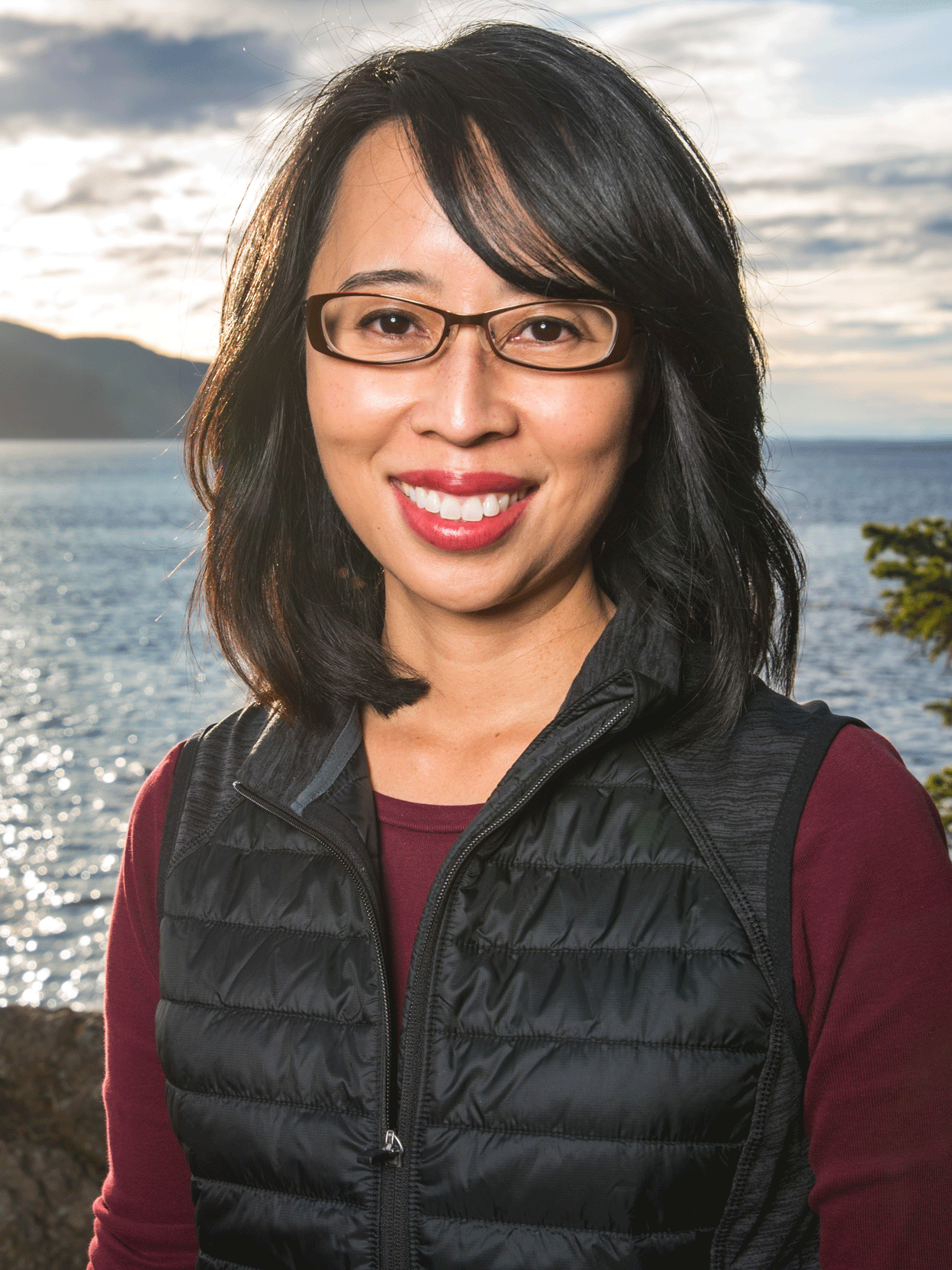
Before the response team grew to its current roster, it began in October 2020 as a collaborative community engagement project between Mapaye’s Principles of Strategic Communications course, the PRSSA UAA chapter and the Alaska Public Health Association (ALPHA). The students monitored pages for health misinformation and ALPHA members became the first subject matter experts on the response team.
“We couldn’t stop COVID-19, but we could help reduce all the confusion and uncertainty surrounding the pandemic,” said Mary Ryan, recent journalism and public communications alumna and former president of the PRSSA UAA chapter. “I could actively see that our efforts were making a difference when people reacted or replied to a team member’s response. It was rewarding to see them accept and appreciate the information the team was posting.”
Looking ahead, as health communication is truly a multidisciplinary effort that also relies on technology, so too will the involvement from UAA students across colleges and departments. Public health students are already expected to join the team as responders.
Additionally, computer science major Ty Bergstrom is developing an app that can automate the monitoring of online health misinformation. And public health graduate student Alexandra Edwards has already begun evaluating what the response team’s data can tell us about how misinformation spreads.
Everything — from the response team’s process, tools and data — can easily be applied beyond Alaska. In fact, the response team encourages the adoption of their methodology.
“Our media landscape has changed so much in the last decade, so helping health care and public health professionals learn from our communications and media experts how to manage misinformation is an absolutely critical skill,” said Meyer. “The cool thing is this operation can be transferable to other states. Every state has associations to mobilize communications and public health and create an organized response during a time of crisis. Battling misinformation is a ground game and it's a team sport, and we need as many hands on deck.”
For more information about the Alaska Public Health Information Response Team, email Dr. Joy Chavez Mapaye, Dr. Jennifer Meyer or Dr. Thomas Hennessy.
 "UAA students and faculty collaborate to curb the spread of COVID-19 misinformation" is licensed under a Creative Commons Attribution-NonCommercial 4.0 International License.
"UAA students and faculty collaborate to curb the spread of COVID-19 misinformation" is licensed under a Creative Commons Attribution-NonCommercial 4.0 International License.










